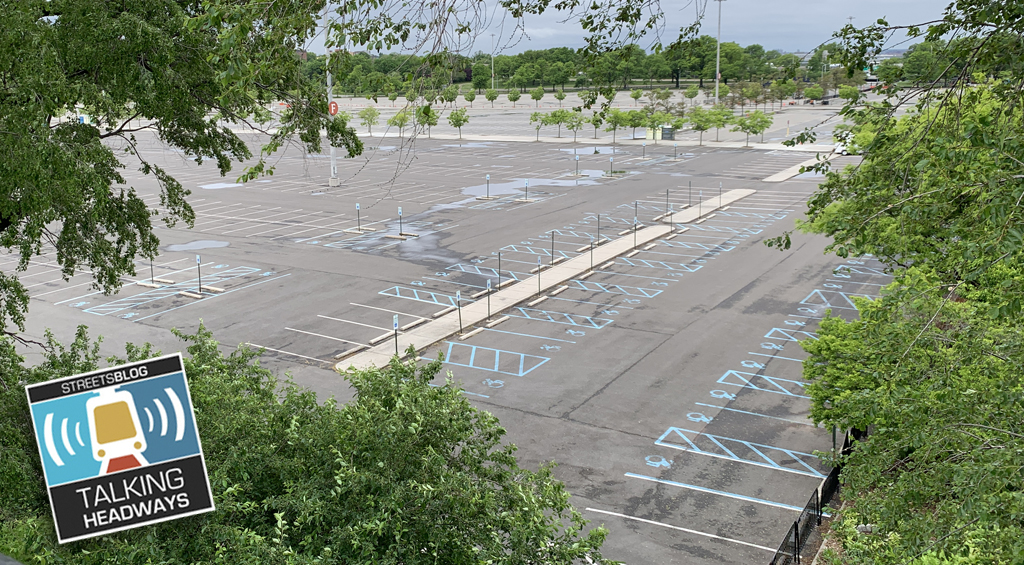Figures are starting to come in from London's investment in "cycle superhighways," and the data make a strong argument for more robust dedicated bike infrastructure. A Transport for London study found that cycling is up 70 percent along routes where the city's beefed-up bikeways were installed, reports Network blog Cyclicio.us. Part of the increase is probably attributable to the debut of London’s bike-share system and all the new “Boris bikes” available to the public since summer 2010.
At the same time, a proposal to create a network of separated bike lanes in Toronto is sparking a debate about their usefulness. Information from London, New York, and other cities that have built more advanced bike lanes should help allay some of the fears expressed by critics of Toronto's plan, who have contended that the new lanes will expose cyclists to dooring and create problems for safety workers and motorists. James D. Schwartz at The Urban Country explains how cycleways can be designed to eliminate such concerns:
There seemed to be a variety of arguments against segregated bicycle infrastructure, but most of them seemed to be made by people who have never left Toronto and haven’t seen photos or videos of bike infrastructure in other cities.
First of all, segregated bicycle infrastructure needs to be wide enough to allow bicyclists to overtake other bicyclists - that is true. Montreal and Vancouver have segregated two-way bike lanes that allow bicyclists to go into the on-coming lane (when clear) to overtake a bicyclist (if there isn’t enough space). European cities like Copenhagen or Amsterdam typically have cycle tracks that are plenty wide enough to overtake another bicyclist.
To prevent “door prizes” when parked cars are present, a buffer zone should be built in. New York’s 9th Ave is a good example of how you can have a buffer zone beside parked cars – however, this requires more space. Even if this was considered an issue, you could always use bollards (like they use in Montreal) [or] fences or grass islands like they use in China.
If Toronto area decision makers need further convincing, they need only look to London or New York.
Elsewhere on the Network today: Greater Philadelphia Bicycle News reports that a New Jersey assemblywoman has introduced legislation that would require licensure for cyclists; Cycle and Style outlines the top ten major developments in cycling over the past ten years; and Baltimore Spokes shares a tip on rallying public support around safe conditions for cycling.






